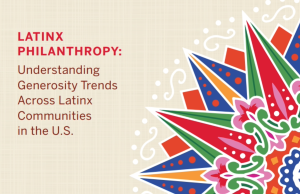Gender and childlessness have always been among the most leading indicators for charitable gifts in estate planning but new research has identified a top 10 list of lifetime characteristics that are most important in predicting charitable transfers.
Russell James, a professor in the Department of Personal Financial Planning at Texas Tech University in Lubbock, Texas, discussed his research on the latest episode of Fresh Research, a podcast from The NonProfit Times.
“The Emerging Potential of Longitudinal Empirical Research in Estate Planning: Examples from Charitable Bequests,” is based on the Health and Retirement Study (HRS), which includes nationally representative data that has come out every two years since 1992. The HRS tracked more than 14,000 people starting at age 50 to connect lifetime giving and other characteristics and planning and seeing where estates actually have been transferred.
A statistical analysis of the top 10 lifetime characteristics most important in predicting who would make post-mortem charitable transfers using HRS data found those to be, in order of importance:
- Consistency in donating, i.e., the share of all survey years in which the respondent indicating donating at least $500 in charity;
- Having no offspring;
- The highest amount ever donated in any one year during life;
- Consistency in reporting having a funded trust;
- Being female;
- Wealth in the final survey;
- Not being married;
- Donation amount in the year of the final survey;
- Having a growing trajectory of wealth leading up to death; and,
- Consistency in volunteering.
“Several of these most important predictive factors reflect behavior across many years,” according to the paper’s author. For example, wealth trajectory approaching death — not just ending wealth — was critical along with consistency across all survey years in giving, donating, and reporting having a funded trust.
Similarly, the greatest amount of donations ever reported in any one year was an important predictor, more so than the amount of donations reported in the final survey year prior to death. “By disclosing more of the lifetime history of decedent behaviors, the HRS reveals the importance of such comprehensive information in predicting post- mortem charitable estate transfers,” the paper noted.









